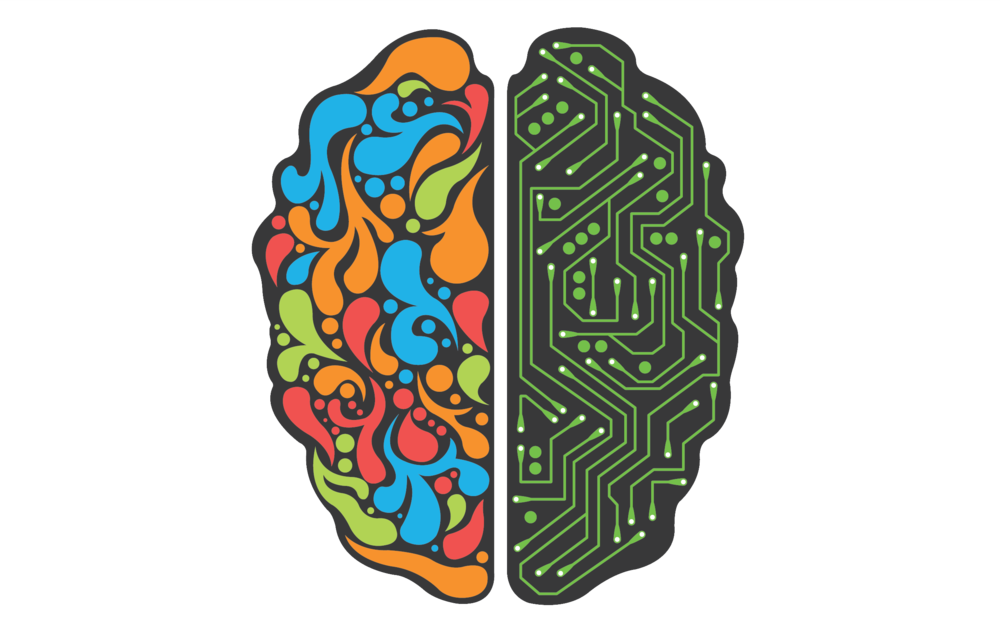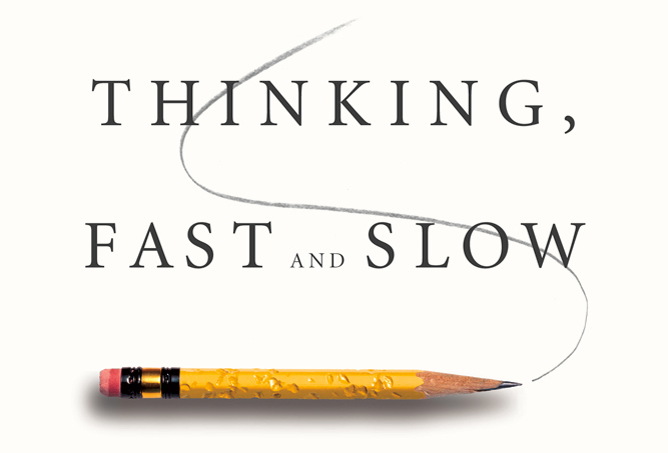Class 1: Why? How? Who? What?
Methodology of Scientific Research
Andrés Aravena, PhD
February 20, 2024
Welcome to
Methodology of Scientific Research
Methodology of Scientific Research
also known as MSR
also known as MıSıR
also known as 🌽
Today’s questions
Who
Why
How
What
Who?
I am Andres Aravena
- Assistant Professor at the Molecular Biology and Genomics Department, Istanbul University
- Mathematical Engineer, U. of Chile
- PhD Informatics, U Rennes 1, France
- PhD Mathematical Modeling, U. of Chile
- not a Biologist
- Applied Mathematician who can speak “biologist language”
What about you?
Why?
Why are you here?
Answer now with your voice
What?
Specific Goal
In this course we will speak about
Good practices doing science
We will learn to observe, communicate and collaborate better
Generic goals
We want to help you to become
- Better molecular biologists
- Better scientists
- Better professionals
- Better citizens
Better molecular biologists
Lower failure rate in your experiments
Do better experiments
Ask better questions
Achieve larger impact
Better scientists
Ask better questions
Propose better answers
Create Knowledge, not only Data
Better professionals
Perhaps you will change your career later in life
Whatever you do, do your best work
Always follow good practices
Better citizens
Perhaps you will win the lottery
(or inherit many million dollars from a distant uncle)
and you do not work anymore
Still, you need to understand the world
Enough so big companies cannot fool you
We need to see the Big Picture,
How did we get to here and now?
How?
Course plan (first part)
- Asking good questions
- Observing nature
- Estimating
- Measuring
- Evaluating uncertainty
- Finding reasonable theories
- Testing theories with experiments
Key words
- Estimation and Guesstimation
- Order of magnitude
- Confidence Intervals
- Error propagation
- Uncertainty budget
- Dimensional Analysis
Tools & Good Practices
(second part of the course)
Lab Notebook
One of the essential good-practices of laboratory work is the Lab Notebook
They are essential if you want to get a patent for something you create
They are essential to carry long term experiments
We encourage you to use a good quality notebook every day
Do not trust your memory
Course’s Homepage
Our homepage is at https://www.dry-lab.org/blog/2024/msr/
It is part of my blog https://www.dry-lab.org/
Homework and class slides are published there
I also have a YouTube channel https://www.youtube.com/@dr.andresaravena
An operational definition of Science
Scientist work is to understand Nature
We start by Observing Nature, usually measuring values
These are exploratory experiments
This is the first part of our course
The thing we study must be reproducible, and we need to see that repetition
We can find them using plots, linear models, clustering, etc.
This is the most important part
Good answers to bad questions are useless
Good questions are good, even if we don’t have answers
We answer these questions using models and explanations
Valid models should make predictions that we can test in the lab…
These are validation experiments.
If the results do not match the prediction, we know that the explanation is wrong. Two steps back.
Now we publish our data and model, so other scientists validate or reject it.
The final validation is to be published.
If the paper is accepted and published, our work becomes part of our shared human knowledge.
The goal of Science is to produce new Knowledge.
When we observe Nature we use our previous Knowledge
We look for new Patterns that raise new Questions.
“Noise becomes Signal”
“Math is hard…”
(some people say)
Well… it depends
3 × 4
3 × 4 + 5
34 × 45
345 × 456
We have two brains

Two systems of thinking

Daniel Kahneman, 2002 Nobel Memorial Prize in Economic Sciences
Two systems of thinking
System 1
Fast
- instinctive
- emotional
- automatic
- cheap
System 2
Slow
- deliberate
- rational
- intentional
- expensive
The priority of our organism is
- Survival
- Save energy
So System 1 is the default mode
Most of the time we use the cheap intuitive system
Rational thinking (i.e. math) is not spontaneous
Another book recommendation

Even on TV

Intuition vs Rationality
One option is to be like Spock, and suppress all intuition
The other option is to train our intuition
Guesstimation trains our gut
This is why we have been practicing estimating magnitudes
Not let our intuition fool us
Get a gut feeling about numbers
This last part is important, because we make decisions based on our feelings, and often we do not know what to feel about a number
Estimating quantities
Powers of 10
At first, we estimate by powers of 10
(after choosing the appropriate units)
We even have names for some of them them:
deci, centi, milli, micro, nano, pico
deca, hecto, kilo, mega, giga, tera, peta, exa
Exercise
In powers of ten, how many people live in Turkey?
Be brave, take a guess
(no books, no Google, no ChatGPT, no Internet, only guess)
Upper and lower bounds
When estimating a value, we usually can guess that the real value is somewhere between two values
In other words, we guess lower and upper bounds \(L\) and \(U\)
Choose the smallest value that seems right,
then the largest one
How many people live in Istanbul?
Remember: we are looking for two numbers
Order of magnitude
The order of magnitude of a value is its power of 10
More precisely, is the integer part of the logarithm base 10
We say that two quantities are in the same order of magnitude if their ratio is between 0.1 and 10
i.e. if each one is less than ten times the other
Compare populations
Which of these populations are of the same order of magnitude?
- Istanbul
- Ankara
- Tokio
- USA
- UK
- China
- India
Half order of magnitude
Instead of going \[10^{-1}, 10^{0}, 10^{1}, 10^{2}, 10^{3}\] we can increment the exponent by 0.5 \[10^{-1}, 10^{-0.5}, 10^{0}, 10^{0.5}, 10^{1}\]
Since \(10^{0.5} = \sqrt{10}≈ 3.16≈3\) we can say \[0.1, 0.3, 1, 3, 10, 30, 100,…\]
How many trees?
Our campus has a park, near Astronomy department
How many trees are there?
What is the age of this turtle?

What is the length of the genome of this turtle?

How many hairs do you have in your head?
What is the weight of this boat?

and the weight of this boat?

How many apartments are in the photo?

What is the height of this building?

Writing large numbers
The speed of light is about 300000000 m/s
It is easy to miscount the number of “0”
Instead, we write 3×108 m/s$
Better, in computers we write 3E8
(This is called exponential notation)
Here 3 is called mantissa and 8 is
the exponent
The “billion dollars problem”
In USA, a billion is a thousand millions
In the rest of the world, a billion is a million millions
(often called “a milliard”)
There are two conventions: short scale and long scale
To avoid confusion, better use giga or tera
or use scientific notation: 109, 1012
How many cells are there in the human body?
How many stars can we see without a telescope?
Homework
Please read The Library of Babel by J.L.Borges